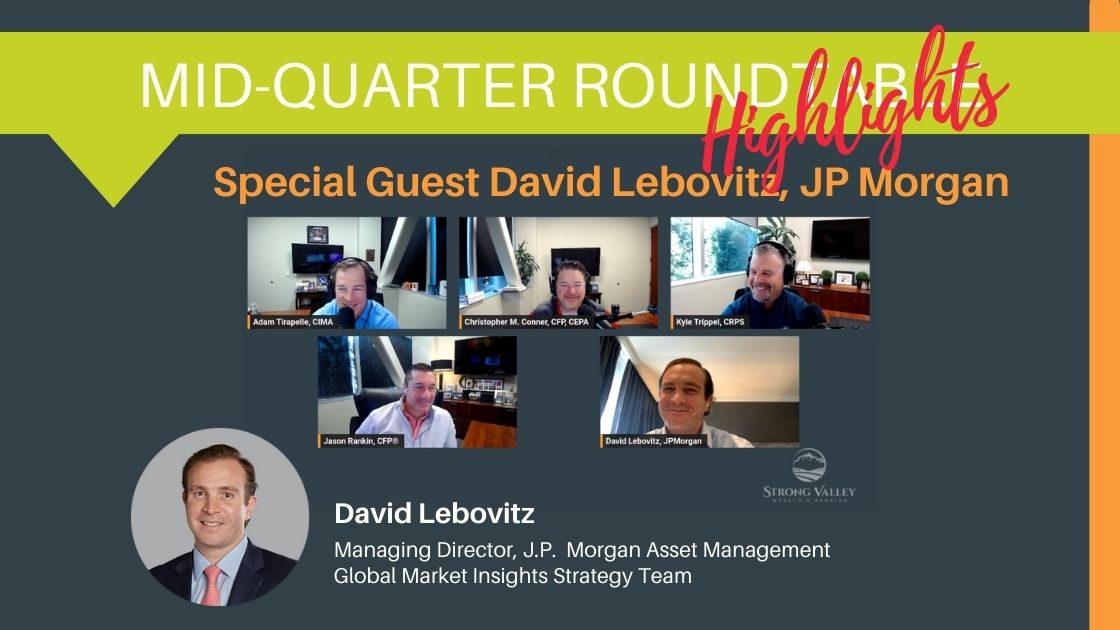You are now leaving the Strong Valley Wealth & Pension, LLC ("Strong Valley") website. By clicking on the "Schwab Alliance Access" link below you will be entering the Charles Schwab & Co., Inc. (“Schwab”) Website. Schwab is a registered broker-dealer, and is not affiliated with Strong Valley or any advisor(s) whose name(s) appears on this Website. Strong Valley is/are independently owned and operated. Schwab neither endorses nor recommends Strong Valley. Regardless of any referral or recommendation, Schwab does not endorse or recommend the investment strategy of any advisor. Schwab has agreements with Strong Valley under which Schwab provides Strong Valley with services related to your account. Schwab does not review the Strong Valley website(s), and makes no representation regarding the content of the Website(s). The information contained in the Strong Valley website should not be considered to be either a recommendation by Schwab or a solicitation of any offer to purchase or sell any securities.

Can the monthly performance for January predict the rest of 2021?
The January Effect is not just a Wall Street myth as several prominent studies have confirmed its existence. This article explains what the theory is about.

The January Effect is a pattern exhibited by stocks in the last few trading days of December and the first few weeks of January. During this period, particularly starting in January, the theory is that stocks tend to rise.
In simple terms, the January Effect is a consequence of:
Because so many of these stocks were sold in late December, they will be – in theory – available at a discount in early January. Another purported cause of the January Effect is the payment of year-end employee bonuses (less likely in 2020), which employees invest in the stock market. As a result, investors with more money end up buying cheaper stocks, making the market more active and driving up prices.
The January Effect is notjust a Wall Street myth as several prominent studies have confirmed its existence. One study of historical data from 1904 through 1974 discovered that the average return during January was five times larger than the average return for other months.
Another study by the investment firm Salomon Smith Barney (no longer in existence by the way) showed that small cap stocks (as represented by companies in the Russell 2000) outperformed large cap stocks (as represented by companies in the Russell 1000) by 0.8% in January, but lagged large caps for the rest of the year.
Further, consider this:
In recent years, the January Effect has become less pronounced. As a result, it is a less effective way for investors to take advantage of the market. Once investors, economists and traders spot, analyze, and confirm the existence of a trend, it tends to become less pronounced.
Investors “price in” the trend, adjusting their investment strategies to take trends (like the January Effect) into account. Another reason that the January Effect is less important is that many people now use tax-sheltered retirement plans, like IRAs and 401(k) plans. When investments are tax-sheltered, there is no special reason to sell a stock for the purpose of deducting stock losses.
Many investors and analysts have tried to use the January Effect for predictive value. However, there are different questions about predictions.
Surprisingly, according to Stock Trader’s Almanac, going back to 1950, that metric ofJanuary’s monthly performance predicting the year has worked about 87% of the time.
But if you take out the years from 1950-1962, the January metric worked about as well as a monkey making a coin toss. From 1962 to 2020, a below-par January accurately predicts a bad year 55% of the time.
As these numbers show, the January Effect is simply not a very good predictor of annual stock market performance. Of course, the S&P 500 has risen about 8.19% on average (including dividends) from 2000 through 2020.
As a result, omens in January are unlikely to predict the entire year.



